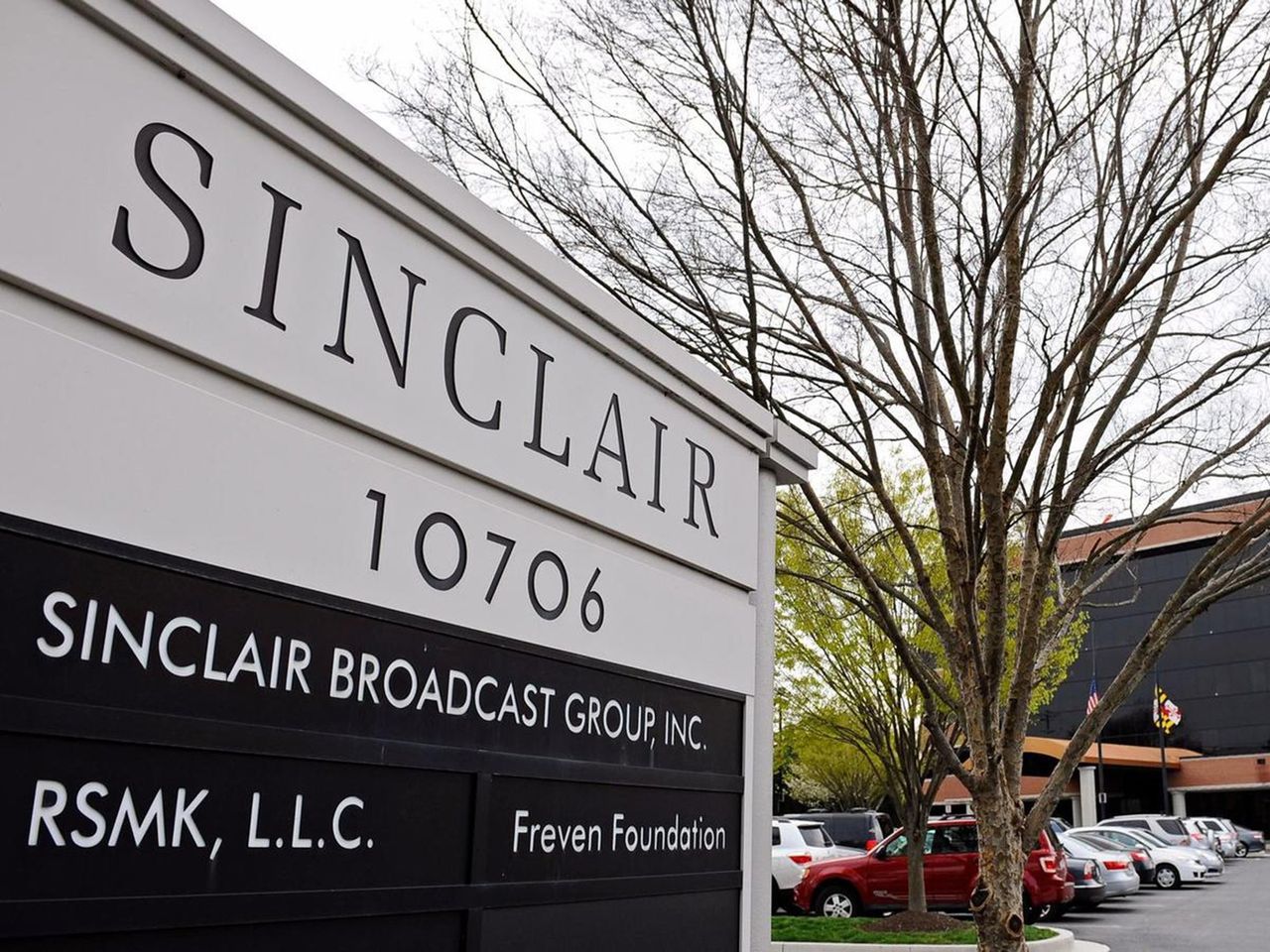It’s Time Advertisers Change Their Approach to OTT Advertising—Here’s Why
If advertisers want to attract new businesses in 2022, they must migrate from selling products to engaging their desired audiences

Advertisers are always looking for ways to optimize their content to connect with viewers. However, as times continue to change, it’s not uncommon for them to feel like they’re lost in a labyrinth as they scope out every route to take to build that relationship with their audiences. Like any other industry, advertisers must keep up with the times.
According to a PWC study, 31% of survey respondents said that easy, personalized content recommendations would be a reason for staying with a streaming service.
This shouldn’t be discouraging. This should push advertisers to move towards more personal and educational ads, as well as ones that tell a story.
Advertisers must first come to terms with the fact that standard video ad engagement is on a downward spiral. Longer commercials and frustrating ads simply aren’t getting the job done. Experts are finding that ads need to be shorter, precise and engaging. Look no further than TikTok influencers who are basking in sponsorship products as part of their stories. In turn, brands are receiving substantial value from these content creators.
What’s more, advertisers understand streaming services offer suggestions based on viewing habits. Now, they should look to take things a step further through targeted advertising, programming and educational content.
No one wants to sit through an ad they cannot skip, which is part of the reason why brands now struggle to fill broadcasts with 2:30-long ad-pods to meet revenue goals. If sell-out rates are low, these ads may be repetitive in a 30 minute or one-hour slot. Ads need to run based on experience and not on the highest CPMs possible.
If advertisers want to attract new businesses in 2022, they must migrate from selling products to engaging their desired audiences.
The professional video industry's #1 source for news, trends and product and tech information. Sign up below.
Traditional advertising is irrelevant
Advertisers who want to acquire new businesses in 2022 need to ensure their content tells a story, is customized and educational.
When airlines moved their security briefings into a storytelling format, they found they could better engage and connect with their audiences because consumer expectations have changed. Consumers now expect contextual, relevant and convenient experiences. When storytelling is done right, ads can leave a lasting impact on a person’s life.
For example, an educational ad from a fashion company may encourage a viewer to pursue a career in the fashion industry, or an ad from the Army may encourage a young person to pursue a career in the Armed Forces. The possibilities are endless when an educational, informative ad clicks with the viewer.
Viewers now gravitate toward brands that recognize who they are and where they are in life. Consumers’ emotions play a crucial role when it comes to advertising. A personal touch on an ad to a target audience should now be leveraged through contextual marketing to create work that resonates with the whole person.
When it comes to educational ads, spreading the word about the COVID-19 vaccine is a prime example of using prudent information to capture the attention of the viewer. The world continues to battle the pandemic, and these educational ads are encouraging people from around the world to get vaccinated to prevent serious cases of the disease.
The vaccine itself is crucial in preventing serious illness, but the dissemination of factual information regarding it is as well. Without educational ads about the vaccine, 4 billion fully vaccinated people — more than likely — would simply be an unattainable number to achieve.
The Solution: OTT
OTT platforms ensure that the content a client adds to its service is automatically featured in an optimized manner. This includes being in touch with the audience, irrespective of the device a viewer is using.
Advertisers must make sure their ads are delivered in a similar way. This helps prevent losing the audience’s attention or interest like old-school, run-of-the-mill ads do. OTT ads also need to be formatted to work well and be pleasing to the eye on all platforms, from large-screen TVs to laptops to smartphones.
Another part of the OTT solution is to build trust and offer real value in exchange for data that results in advertising that resonates with the viewer. Advertisers should use that viewership intel to create ad formats their audience is willing to engage with while also building their ad placement techniques. To show value, enhanced algorithms should be used to target ads and measure audience engagement. For engaging ads, audience data is a goldmine.
It’s time to move on from the ancient ways of advertising. Those who are stuck in the past will continue to see their engagement numbers dwindle. And since OTT isn’t going anywhere, it’s time for advertisers to turn their focus to personalized, educational and engaging ads. Times have changed. So should their approach to advertising.

is a co-founder and the president of ViewLift. Bambha has served in engineering leadership roles at some of the biggest tech companies, including Myspace and Fox Interactive Media. He holds bachelor’s and master’s degrees in computer science from the University of Pune and the University of Southern California, respectively.
